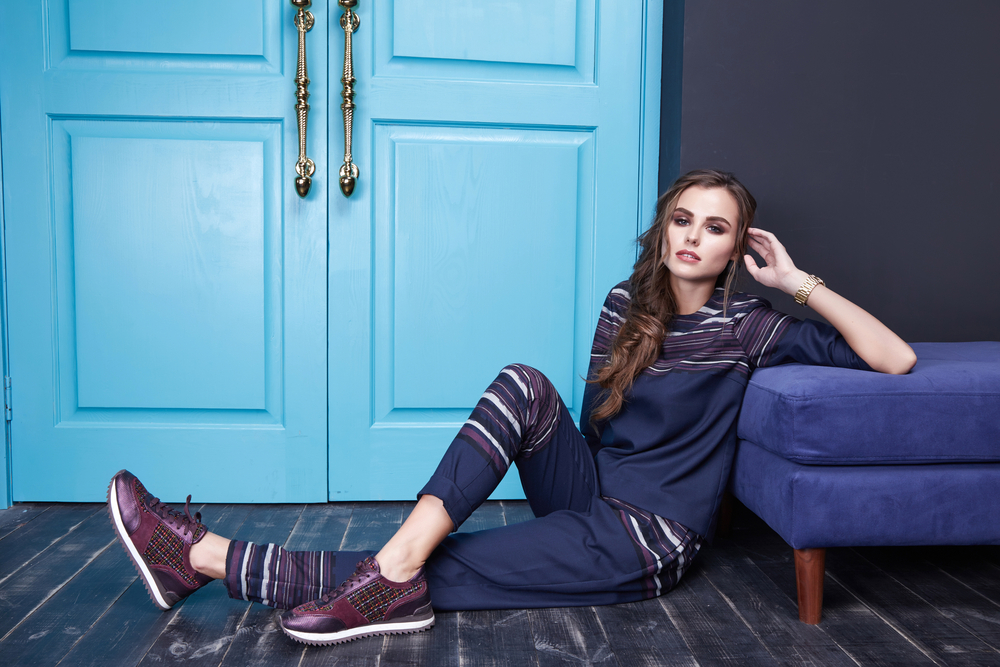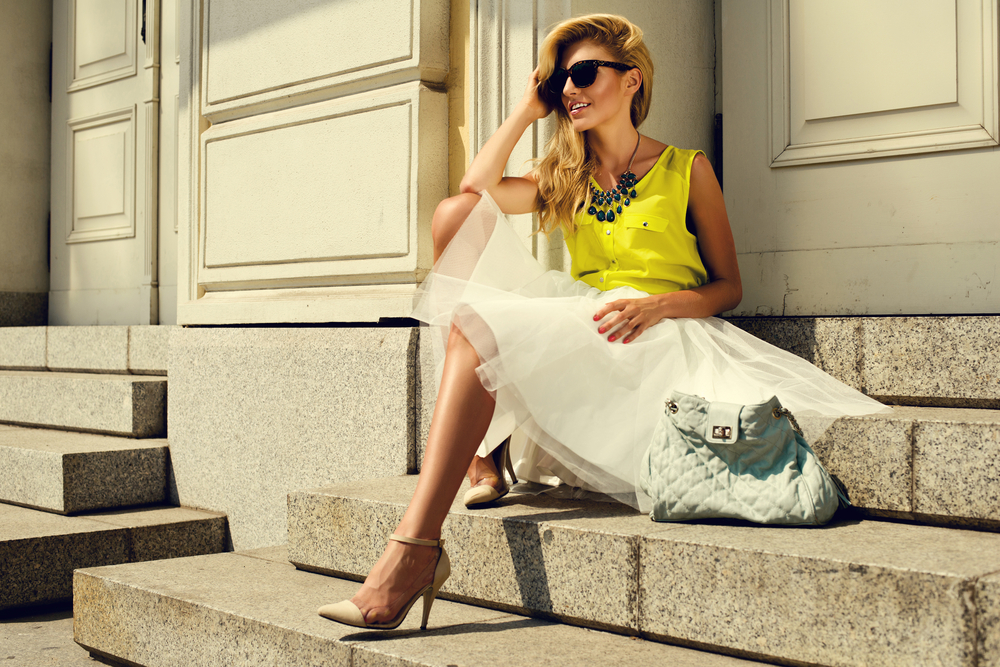
The Art of Modeling: Unveiling the Magic Behind the Runway
The Art of Modeling: Unveiling the Magic Behind the Runway
The world of modeling has long captivated our imaginations, with its glamorous shoots, stunning runway shows, and iconic faces gracing billboards and magazine covers worldwide. But what goes on behind the scenes? How do models become stars, and what does it take to succeed in this highly competitive industry? Join us as we explore the art of modelling and unveil the magic that happens behind the runway.
The Evolution of Modeling
Modeling as we know it today has come a long way since its humble beginnings. In the early 20th century, models were primarily used for tailors, clothing manufacturers, and catalogs. However, in the 1960s, the industry began to change with the arrival of supermodels like Twiggy and Jean Shrimpton. They brought a new level of fame and recognition to the profession, paving the way for the future generation of models.
As time went on, the demand for diversity in the modeling industry grew. Models of different ethnicities, sizes, and ages began to break into the mainstream. This positive shift allowed the industry to reflect the beauty and diversity of the world we live in, making modeling more relatable to everyday people.

The Role of a Model
A model's primary role is to showcase clothing, accessories, or products in a way that makes them appealing to consumers. They are the living canvases onto which designers, stylists, and photographers project their creations. Through their poses, expressions, and movements, models tell a story, capturing the essence of a brand and bringing it to life for the audience.
However, being a model goes beyond looking good in front of a camera. They must possess a range of skills, including the ability to take direction, work well under pressure, and maintain professionalism at all times. Models need to be versatile, adapting to the ever-changing demands of the industry.
The Journey of a Model
Becoming a professional model doesn't happen overnight. It requires dedication, hard work, and perseverance. Many aspiring models start by building a strong portfolio, working with small local photographers and attending casting calls. Gaining experience in runway shows, photo shoots, and fashion events helps them develop their skills and establish connections within the industry.
Agencies play a crucial role in a model's journey. They act as intermediaries, representing models and negotiating contracts on their behalf. Agencies help models find work, connect with renowned photographers, designers, and brands, and provide guidance and support throughout their career.
The Runway Rituals
Runway shows are the epitome of modeling. Models strutting down a catwalk, exuding confidence and grace, captivate audiences with their every step. But behind the polished performances lie hours of preparation.
Before a show, models undergo hair and makeup transformations, creating the desired look that complements the designer's collection. They then attend rehearsals where they practice their walk, timing, and positioning. These rehearsals ensure a flawless execution on the actual runway.
On the day of the show, models arrive early for fittings and final adjustments. They change into their assigned outfits, often with lightning-fast costume changes between each walk. Models must be quick and adapt to any last-minute changes or challenges that may arise, all while keeping a calm and composed demeanor.
Frequently Asked Questions
The requirements vary depending on the type of modeling but generally, fashion models are expected to be around 5'9" to 6'0" tall, with bust-waist-hip measurements falling within specific proportions.
While the industry has become more inclusive, not everyone is suitable for professional modeling. Agencies and clients look for individuals with unique features, a strong presence, and the ability to represent a brand effectively.
Modeling income varies greatly depending on factors such as experience, demand, and the type of work being undertaken. Established models can earn substantial amounts, while those starting out may earn less initially.
There is no strict age limit in modeling. Models can start their careers in their late teens or early twenties and continue well into their thirties, forties, and beyond in niche markets such as mature or plus-size modeling.
Like any industry, there are risks associated with modeling. Models need to take care of their physical and mental health, be wary of scams, and work with reputable agencies and professionals.
In conclusion, modeling is an art form that combines beauty, talent, and hard work. It is the ability to transform into someone else, to captivate an audience, and to bring fashion to life. The journey of a model is one of continuous evolution, resilience, and endless opportunities. So the next time you see a model strutting down the runway, remember the magic happening behind the scenes and appreciate the artistry behind this glamorous profession.
Other useful resources
- https://www.planetmodelphoto.com/models/modeling/usa/charlotte/nc-north-carolina
- https://en.wikipedia.org/wiki/Category:Modeling_(profession)
- https://en.wikipedia.org/wiki/Category:Modeling_agencies